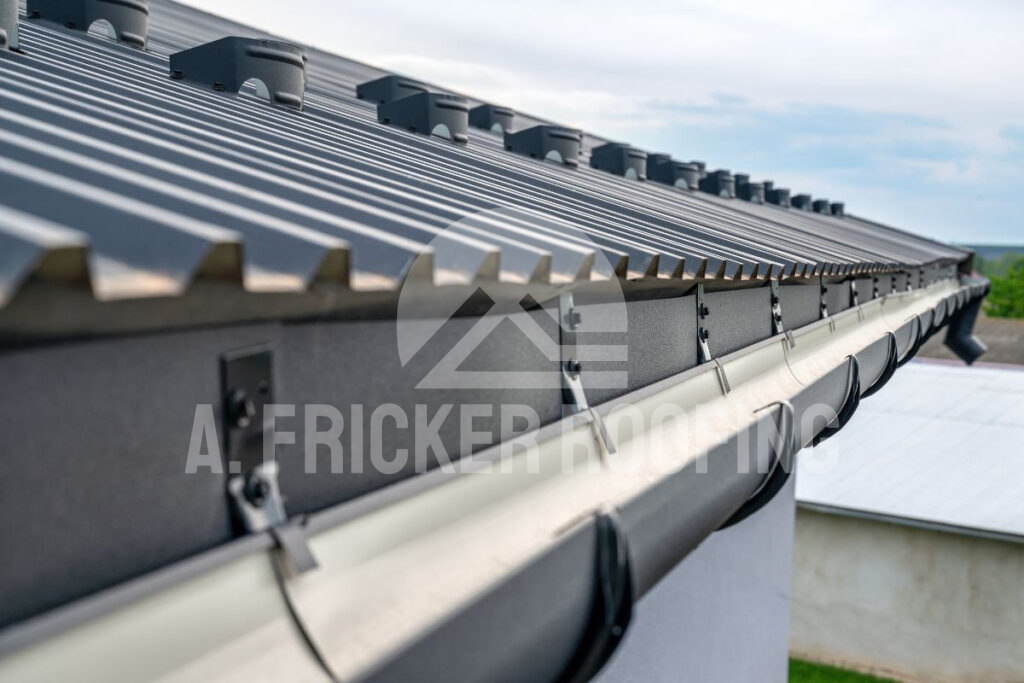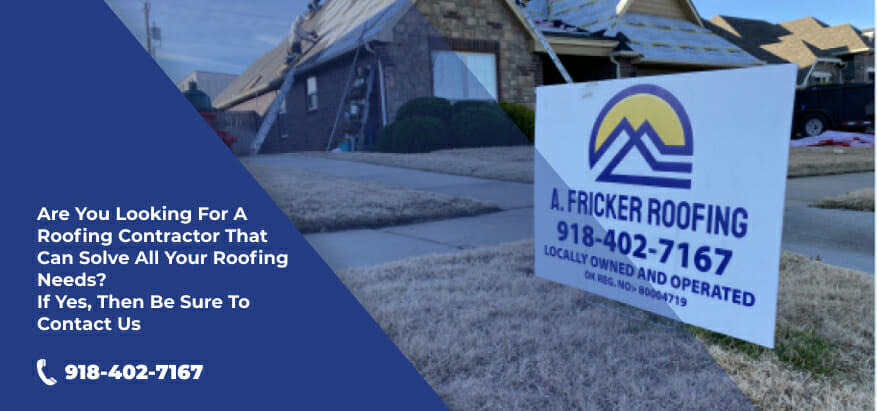The minimum slope isn’t the same for all styles of metal roofs available on the market; It is also dependent on the material, such as copper, steel, aluminum, and zinc. If you want to know the answer to what is the minimum slope for metal roofs, stick to this blog post through the end. In this article, we will discuss the minimum slope for a metal roof depending on the style chosen, whether panels or shingles.
However, let’s first understand what roof slope is.
What Does Roof Slope Mean?

In short, the slope of a roof refers to its angle or incline. It is an important aspect of roofing, especially when building a new roof or installing new roofing materials. The roof slope determines the roof’s water shedding capability and how it will last in certain weather conditions.
For example, a low slope roof is almost completely flat and may not drain water effectively. On the other hand, a steep slope can effectively shed water away while increasing the home’s energy efficiency.
Roof slope is expressed as a ratio or as an angle in degrees. The slope ratio represents the vertical rise of the roof compared to its horizontal run. For example, a roof with a slope ratio of 4:12 means that for every 12 units of horizontal distance, the roof rises vertically by four units.
Moreover, like any other roofing system, metal roofs are also subjected to concerns regarding maximum and minimum slopes.
What Is The Minimum Slope For A Metal Roof?
In this section, we will discuss the minimum slope for the most common types of metal roofs: corrugated, standing seam, and metal roofing shingles. However, it is important to note that minimum slope requirements for metal roofs vary based on many factors other than style, including local area building codes, the regional climate, and your roofing materials.
1. Minimum Slope For Standing Seam Metal Roofs
Standing seam metal roofs are a popular choice for residential and commercial buildings due to their durability, weather resistance, and aesthetic appeal. The minimum slope requirement for a standing seam metal roof ranges between 1/4:12 and 3:12. This means that the roof must have a rise of at least ¼ of an inch for every 12 inches of horizontal run.
The 1/4:12 minimum slope is the most commonly accepted standard, as it provides drainage required on commercial buildings. However, some building codes may require a minimum slope of 3:12 or even 4:12 for better performance and to ensure that water does not pool on the roof. The steeper the slope, the more effectively the roof will shed water and prevent leaks.
2. Minimum Slope For Corrugated Metal Roofs
Corrugated metal roofs are another popular choice for both commercial buildings and family homes. The minimum slope for corrugated metal roofs generally ranges from 1/4:12 to 1/2:12.
The specific minimum slope requirements for a corrugated metal roof can vary depending on the profile of the metal panels, the local building codes, and the climate in which the building is located. In areas with heavy rainfall or snowfall, a steeper slope may be required to ensure effective water shedding and prevent water damage.
3. Minimum Slope For Metal Roofing Shingles And Tiles
Metal shingles and tiles are a more specialized type of metal roofing system, and their minimum slope requirements are generally higher than those of standing seam or corrugated metal roofs.
The minimum slope for metal shingles or tiles is typically between 3:12 and 4:12. This means that the roof must have a rise of at least 3 or 4 inches for every 12 inches of horizontal run. The steeper slope is necessary to ensure that water and debris can effectively shed off the roof, preventing leaks and water infiltration.
Also Read: What Is The Cost Of A Metal Roofing System In 2024
Common Slopes For Metal Roofs
Expert roofers don’t always recommend installing low slope metal roofs in residential settings. Here are some common metal roofing slopes that you can consider for your property.
1. Steep Slopes (6:12 and Higher)
Steep slopes, defined as slopes of 6:12 (or six units of vertical rise for every 12 units of horizontal run) and higher, are commonly seen on residential buildings with gabled or hipped roof designs. Steeper slopes offer several advantages for metal roofs:
- Steeper slopes allow rainwater and snow to run off the roof’s surface quickly, reducing the risk of ponding and water infiltration.
- Metal roofs installed on steep slopes are better equipped to withstand heavy rain, high winds, and snow loads, making them ideal for regions with extreme weather conditions.
2. Moderate Slopes (3:12 to 6:12)
Moderate slopes, ranging from 3:12 to 6:12, are also commonly used for metal roofs, especially in residential construction. These slopes offer a balance between water drainage, weather resistance, and ease of installation. Here’s why moderate slopes are popular:
- Moderate slopes effectively shed water while still providing sufficient stability and support for the roofing materials.
- Metal roofs installed on moderate slopes can accommodate a wide range of architectural styles, from traditional to contemporary.
3. Low Slopes (Less than 3:12)
Low slopes, defined as slopes of less than 3:12, are less common for metal roofs but may still be encountered, particularly in modern architectural designs or renovations. While low slopes present some challenges, they also offer unique advantages:
- Low sloped metal roofs can impart a sleek, modern appearance to a building, especially when combined with minimalist design elements.
- In urban or densely populated areas, low sloped roofs may be preferred for maximizing interior space or accommodating rooftop amenities such as solar panels or green roofs.
Related: How To Install Metal Roofing Materials On A Flat Roof
Trusted Metal Roofing Company In Tulsa, OK
Now that you know the minimum slope for metal roofs, you can choose the best style for your project. If you are considering installing a metal roof on your home or commercial building, contact A. Fricker Roofing and Waterproofing in Tulsa, OK. The metal roofing experts at the company can guide you through your metal roofing project from start to finish. We have been serving Tulsa home and commercial building owners for years, and we would love to serve you as well. Contact us today at (918) 402-7167 to consult a roofing professional.

